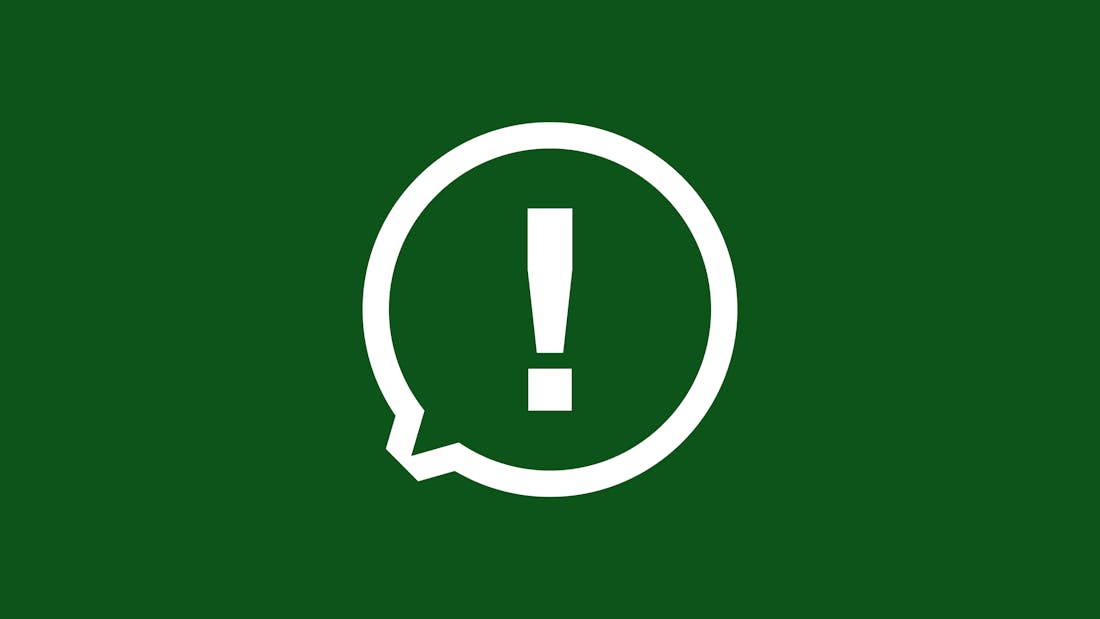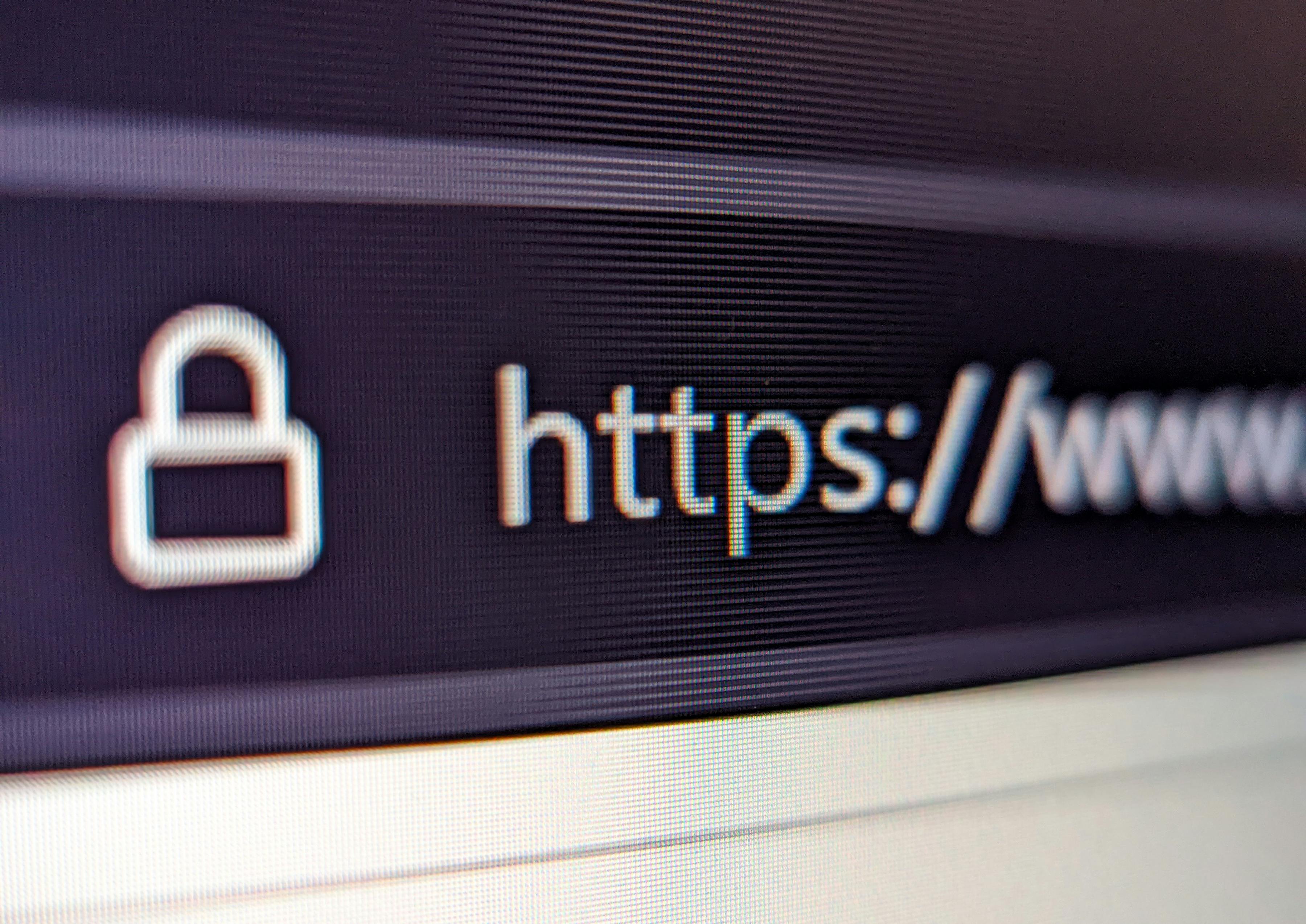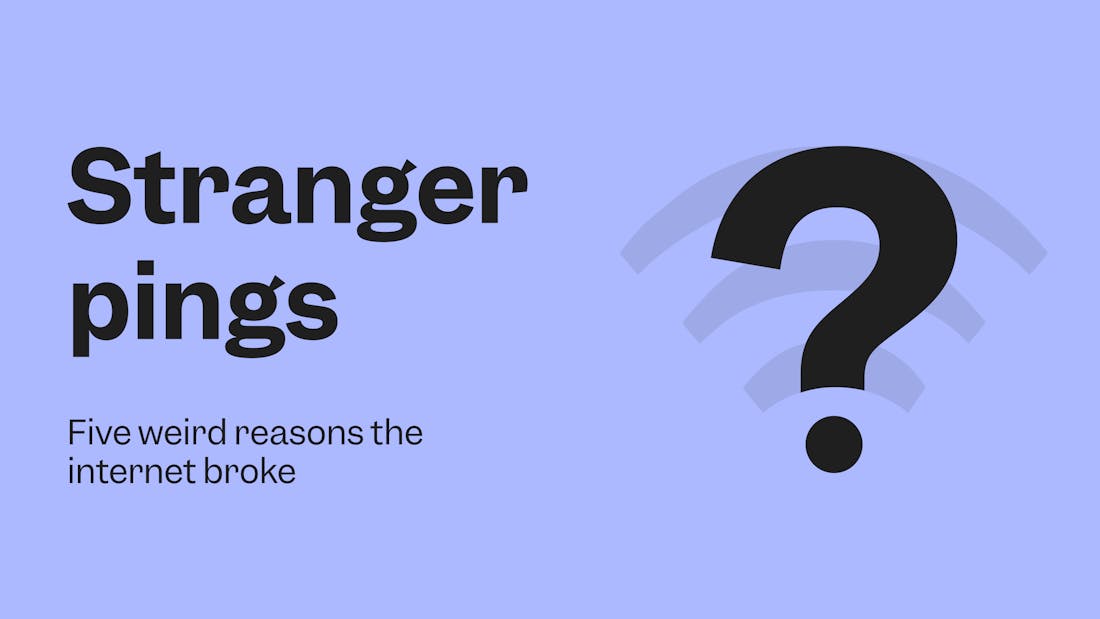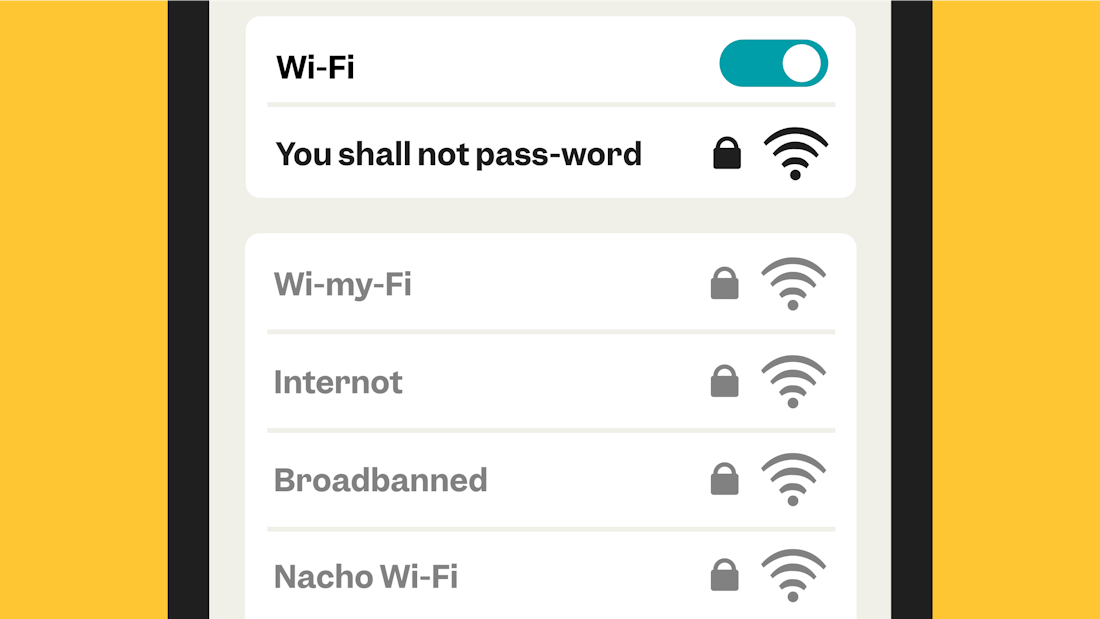
- ArticlesTechnologyHow stuff works
How to spot a WhatsApp scam
WhatsApp is officially the biggest messenger app in the world. So guess how many messages are sent every single day? A billion? 10 billion? It’s actually a whopping 100 billion messages. No wonder some of them are not what they seem.




